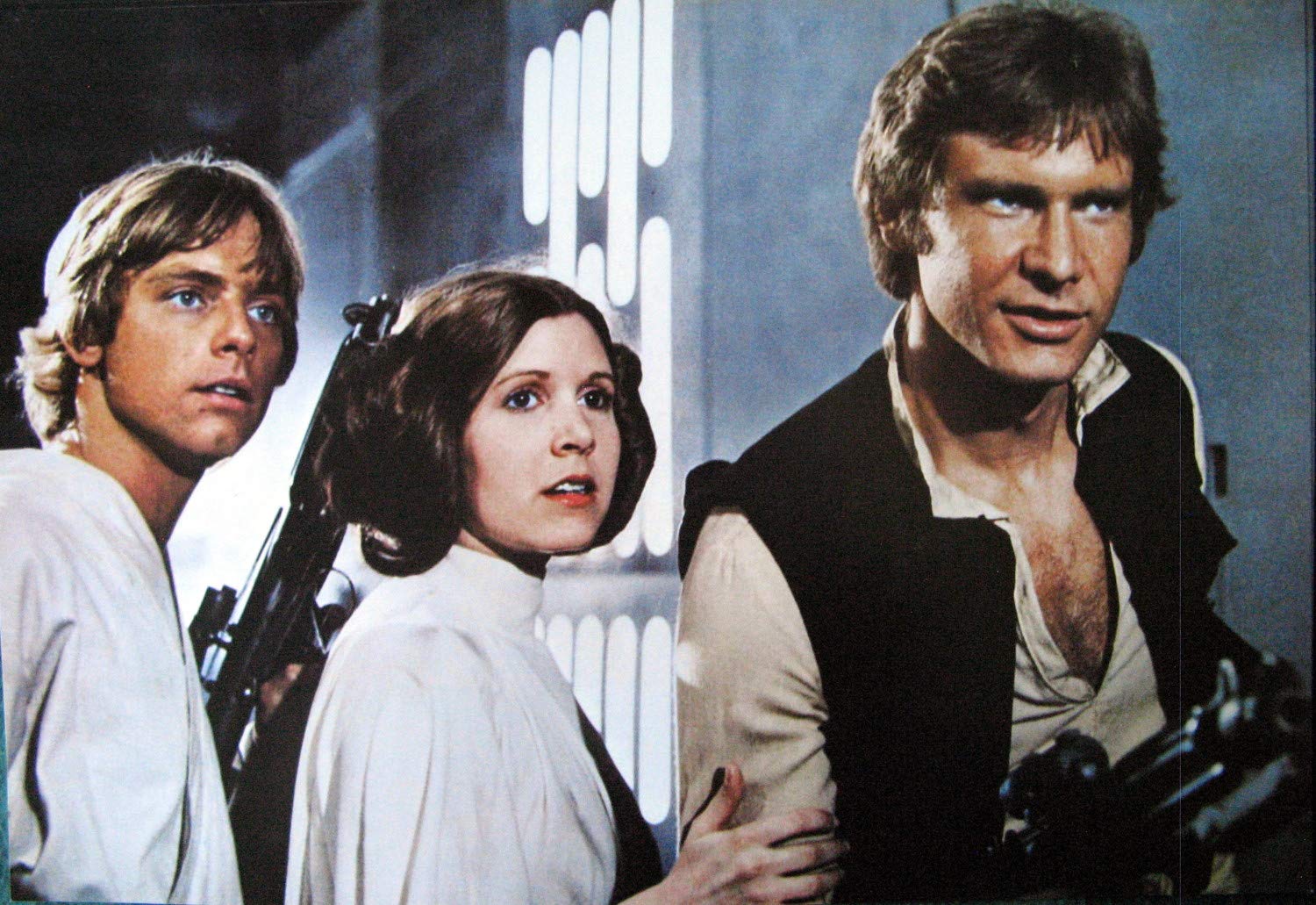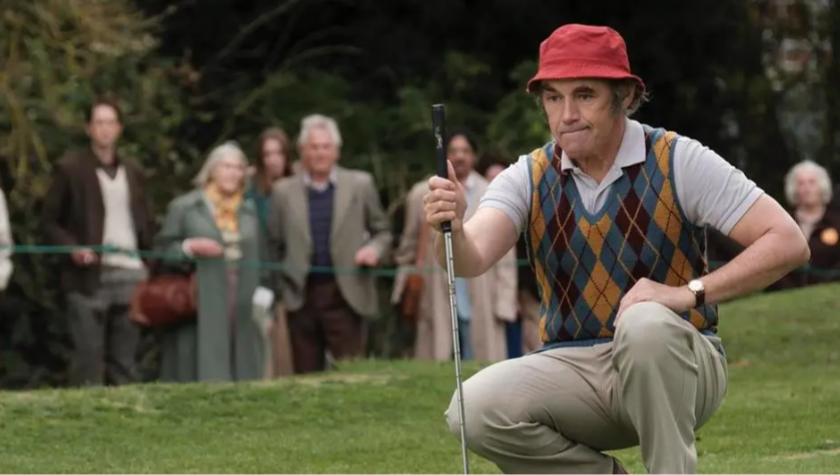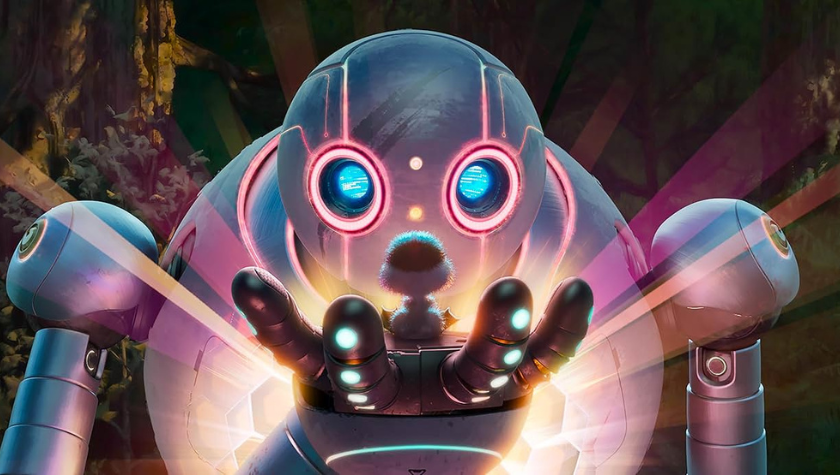Jurassic World Dominion' screenwriter on her writing process and tips
July 22, 2022
There has been a slow evolution in how dinosaurs came back to life and the way the world reacted. Nearly 30 years ago, a group of individuals ventured to a small island to witness dinosaurs roaming the earth. Everything went downhill from there.
In the sixth film of the series Jurassic World: Dominion dinosaurs literally roam the earth with people encountering them every day of their life. In this film, scientists and an eccentric billionaire use dinosaur genetics to both advance science and execute their own nefarious plans.
How do you begin the journey of creating a highly established IP and not disappoint its eager audience?
For writer Emily Carmichael, writing a major piece of IP like this was about finding the delicate balance of story, character and action:
“I came on board about five years ago and at the time we knew a bunch of things about the story,” Carmichael says of her experience starting the writing process. “We knew that it [would] have the classic cast. We knew Claire (Bryce Dallas Howard) and Owen (Chris Pratt) would be sent on an adventure that would converge with an adventure with Ellie Sattler (Laura Dern). We knew there was going to be set pieces in a world full of dinosaurs and we knew some of the new characters who were starting to take shape.”
On such a major production as this, there was a lot of collaboration, which Carmichael welcomed and enjoyed. “The writers, director and cast had a lot of influence on the movie. We were given a lot of trust by the studio — they didn’t get in our business a lot and there weren’t a lot of creative demands on the studio side,” Carmichael reflects.
Writing established characters
Carmichael recalls watching Jurassic Park on VHS as a child. Decades later, she was responsible for writing the actual words those classic characters would say.
“You really want to make sure you keep the tone and spirit of the character alive,” she begins. “The lines need to do everything that lines do: progress relationships, reveal a motive, transfer emotion and they need to convey that original character that everyone fell in love with.”
With a character like Ian Malcolm (Jeff Goldblum) who is famous for his wit and quips, it was a lot to live up to. Carmichael recalls spending wonderful afternoons on set going over Jeff’s alternate lines. She remembers that he would come every day and say ‘the script has me saying this, maybe I can say this instead.’ She worked with him to hone the one-liners that cracked up the audience.
“You don’t want to flatten the characters out. You don’t want them boring or have them all sound like each other, but at the same time it’s a new age, and things have changed and the characters have grown and developed. You want them to feel like they’ve lived life since we saw them last. That’s some of the challenges for bringing back beloved characters,” Carmichael shares.
Creating compelling action – with dinosaurs
Although known for her dialogue, Carmichael loves writing action sequences and was proud to have written the first pass of almost every action sequence that’s in Jurassic World: Dominion.
Creating action set pieces that thrill audiences was a collaborative effort between Trevorrow and Carmichael.
“Me and Colin would talk about the emotional purpose of this sequence and how it serves the story. Colin talks about, as a director, what he is excited to see — there’s lots of hand gestures at this phase of the process,” Carmichael recalls.
The first pass involved taking what Trevorrow pitched in a highly exciting visual way and then figuring out the micro beats that animate it. Carmichael also shares how a lot of the movie is about braiding and interweaving the paths of the characters because you shouldn’t want all of the characters together all of the time.
“We want characters separated and coming together facing individual challenges, fighting against different combinations of antagonists. Coordinating that process so it feels dynamic and exciting is a big part of the geographic mapping of the action sequences,” Carmichael shares. Looking back at the previous films in the Jurassic Park and Jurassic World series, you can see how various characters are separated, face different challenges, and ultimately end up together toward the end.
Another important aspect of writing action: “[Make] it readable,” Carmichael insists. “I use a lot of all-caps, a lot of short lines and I like to put a couple of descriptions that really stick in your mind.”
She continues, “Readers are going to skip through the action sequences. One of the funniest things about working in action/adventure is that the third act and especially the climax is very action-focused and a lot of readers do not even read it.”
A trick she learned from another writer was to give characters lines of dialogue that cheat by telling the reader what action is happening. For example, have a character yell out, “Get the gun!”, because even if the reader is skipping or scanning the action, they know what’s happening in the scene.
“Try to keep it streamlined and incident related. Never lose sight of the core which is who is hurting who, who is blocking what escape route and what the protagonists lose or discover during the sequence so that it doesn’t get lost amid a bunch of traffic directions,” Carmichael advises.
A writing process almost never changes
Whether it’s her own project or writing for a studio blockbuster, Carmichael’s writing process is pretty similar.
“I’m always trying to find the heart of the story and the fundamental challenge each character is facing. I’m trying to find what lights me up personally and gets me excited because I can’t really function without bringing my whole heart to the project. It’s the only way I know how to do it,” Carmichael says.
She always starts with a 40-ish point outline in three acts and thinks about the core of the story. She tends to consider the protagonist first and then works to bring the antagonist to life. From there, the other characters suggest themselves in terms of the roles they need to play in the story.
“Then the question is, how do you do right by those characters especially given identity?” She asks. “How do you make sure that women are not just serving men or people of color are not just serving white people in the story? Ideally every character - hero or villain, large part or small - has something that you can hand to an actor and they would be excited to play.”
The best day of Emily Carmichael’s life
Carmichael has always been a writer and a visual artist. Some of her earliest memories are of stapling loose leaf paper together into little books and reading them to her parents. In college, she took dramatic writing and got into directing.
“Being part of a collaborative process of creating a character and then handing that character off to an actor and seeing how the actor makes the character real is one of the most thrilling experiences that a human can have on this earth,” Carmichael exclaims.
Through a mutual connection, she was introduced to Colin Trevorrow who inspired her to write a new draft of a script she had been working on at the time. Once completed, she gave it to Trevorrow who wanted to give it to a friend of his to read.
That friend was Steven Spielberg.
“The next day Colin sent me a text saying: You are having the best day right now and you don’t even know it yet,” Carmichael recalls.
From there, she and Trevorrow worked on a script together before she wrote Pacific Rim: Uprising. After writing a script for Disney, Trevorrow asked Carmichael to write Jurassic World: Dominion with him.
Breaking into the business
For writers itching to write the next blockbuster screenplay, Carmichael recognizes that the road is not easy. She recommends writing a script in the genre you want to write in. It must be original material though; it cannot be a new spin on Star Wars or Jurassic Park.
It’s also not likely going to be something that you can shoot until much later in your career, but rather something that shows what you can accomplish – don’t write a family drama as a sample hoping to parlay it into writing the next big action/adventure.
Another way is for filmmakers to create something shootable, especially a writer-director wanting to make their own things.
Carmichael says, “Focus on ones that are low budget that still demonstrate a willingness and enthusiasm for entertaining a broad audience. So, how can you get that blockbuster feel and tone in a movie that’s still affordable? That’s really challenging and one I’m facing right now as a writer-director.”
One thing that Carmichael wanted to share about the entertainment industry is the fact that creators will encounter sexism, racism, ableism, homophobia, and transphobia.
“It’s not just you. You’re not alone,” she reassures. “If you’re reading this and you’re a person of color or have a physical disability... if you’re queer or trans, you’re probably working super hard to bring your work to life... What you need to do is have hope and keep working.”
“If there’s anything that my words can do to give you hope, it is worth it. It is worth it to bring your work to life,” she says adding, “If you read this and you’re in charge of hiring, I know it’s not easy. In a sexist system, in a racist system, there’s going to be risk involved in going against that. If there is anything my words can do to give you hope, I want to remind you that it is worth it.”
Written by: Steven Hartman
Steven Hartman is an award-winning, optioned screenwriter. He was a Top 5 Finalist in Big Break’s Historical Category in 2019 and won Best Action/Adventure in Script Summit’s Screenplay Competition in 2021. He holds a Bachelor of Arts degree from Columbia College and had internships at Jerry Bruckheimer Films and Village Roadshow Pictures. Steve is a full-time writer and creative video producer by day and a screenwriter and novelist by night.



